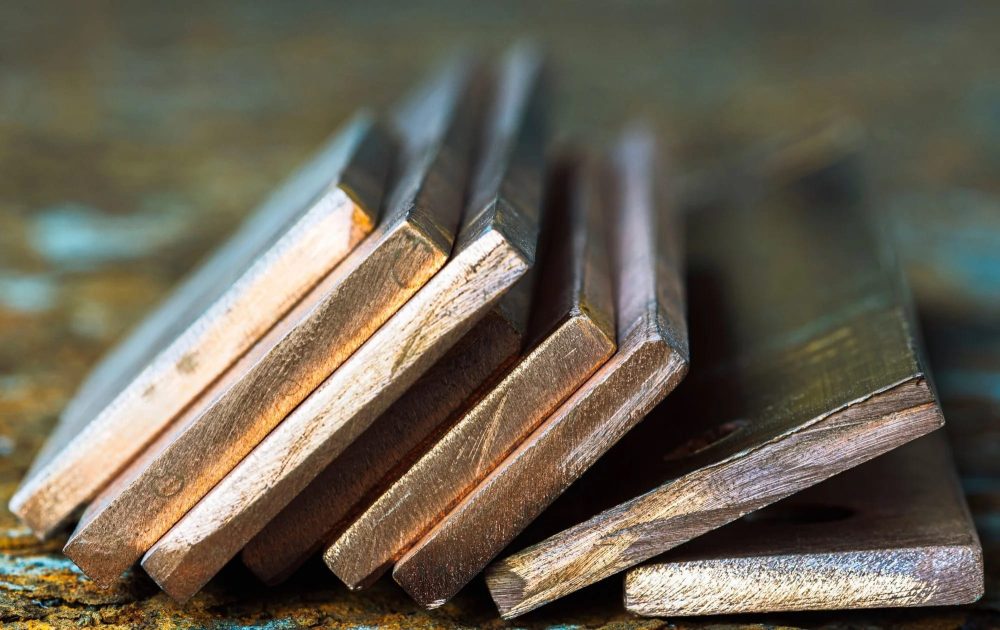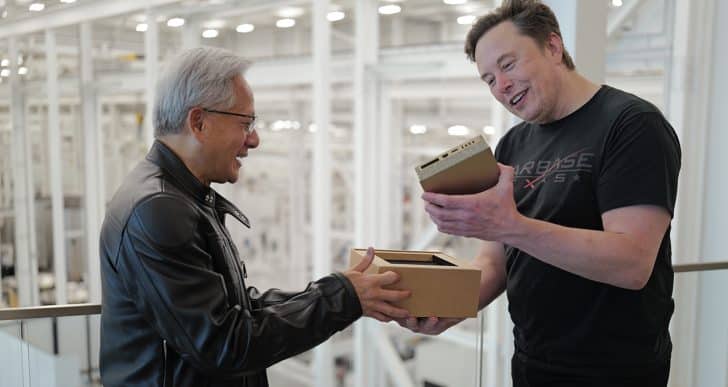Researchers have developed a new high-temperature metal alloy made mostly of chromium (Cr) and molybdenum (Mo) with just a tiny bit of silicon (Si), specifically:
Cr-36.1Mo-3Si (atomic %)
This combination solves two long-standing problems that kept “refractory” (ultra heat-resistant) alloys from replacing today’s materials in jet engines and power plants:
- They oxidized badly at high temperatures (especially Mo forms MoO₃, which evaporates and destroys the material).
- They were too brittle at room temperature (no ductility meant cracking during use or manufacturing).
This new alloy is the first to truly solve both issues at once.
Why Do We Need It?
Modern jet engines and turbine systems rely on nickel-based superalloys. They’re very good, but only up to around 1050–1150 °C.
To make engines more efficient (burn less fuel, produce less CO₂), you need metals that can survive much higher temperatures, around 2000 °C. Refractory alloys can do that, but so far they’ve failed in two key areas: oxidation resistance and ductility.
This new alloy changes the game.
What Makes This Alloy Special?
1. It Resists Oxidation (Even at 1100 °C)
- The small 1–3% silicon addition prevents the horrible “pesting” effect of molybdenum.
- Protective layers form:
- Chromium oxide (Cr₂O₃) on the surface
- Molybdenum-rich zone beneath it (prevents nitrogen infiltration)
- Hidden silicon oxide (SiO₂) that stabilizes everything
Without silicon, the alloy breaks down and evaporates at high temperature. With silicon, it stays intact.
2. It Doesn’t Shatter at Room Temperature
Unlike most high-temp alloys, this one is not brittle. Under compression:
- It deforms without breaking
- Shows 9–15% plastic strain in some cases
- Relies on twinning and dislocation slipping (ways metals bend instead of cracking)
This is incredibly rare for materials this heat-resistant.
How It Holds Up Mechanically
At different temperatures, strength stays surprisingly high:
- ~1100 MPa at room temperature
- ~900 MPa up to 700 °C
- ~760 MPa at 900 °C
Even at extreme heat, it’s still strong enough for turbines and structural parts.
So What’s the Big Deal?
This new Cr-Mo-Si alloy:
- Survives high heat up to 1100 °C without breaking down
- Doesn’t oxidize catastrophically like other refractory metals
- Remains ductile at room temperature
- Does not require brittle silicides or intermetallic phases
- Could replace nickel-based alloys in the hottest parts of engines
This means:
- More efficient jet engines
- Better-performing gas turbines
- Reduced fuel consumption
- Cleaner energy conversion
In Short
Scientists have built a breakthrough superalloy that handles heat like ceramic but bends (instead of snapping) like metal, something engineers have chased for decades.
If scaled successfully, this could reshape the aerospace and energy industries.


